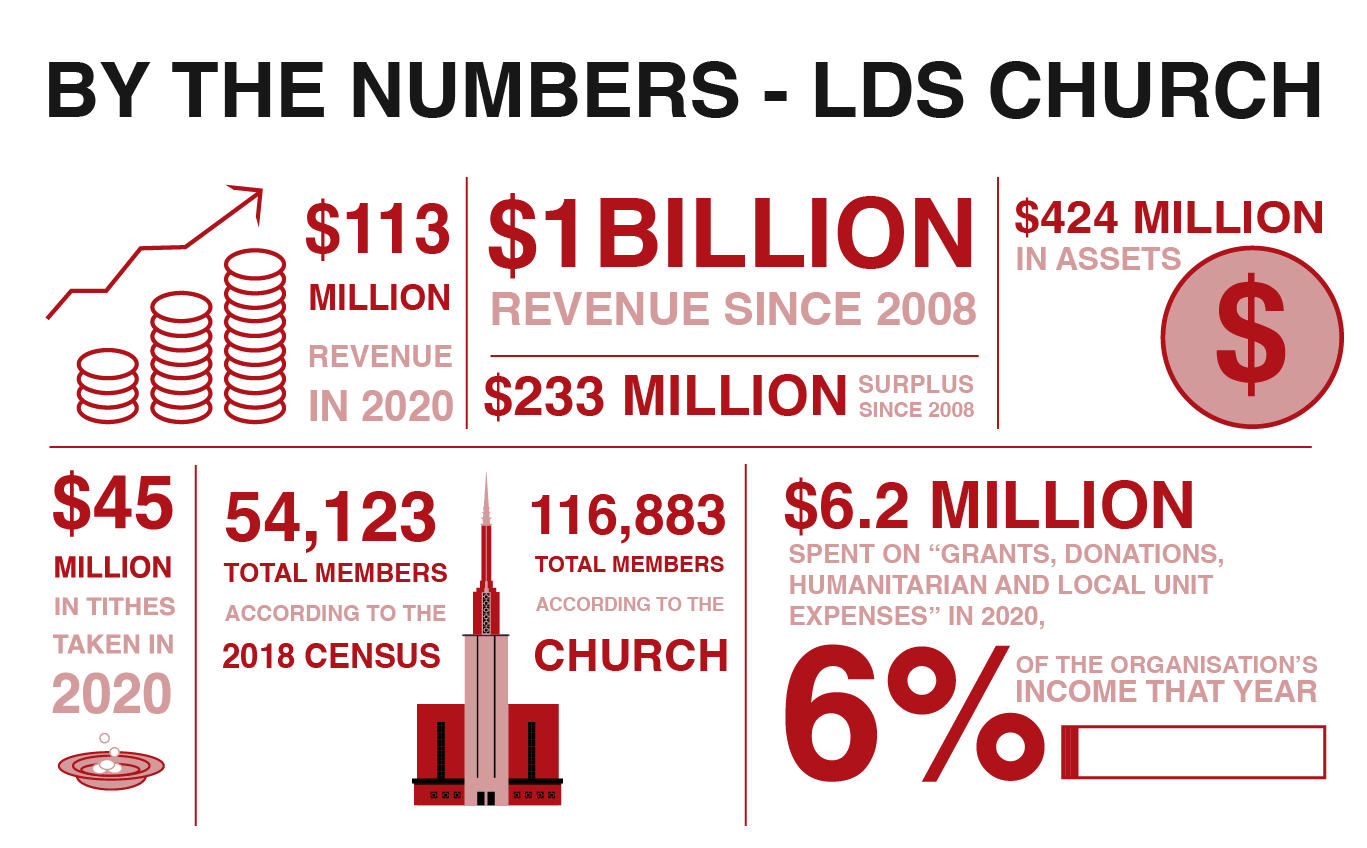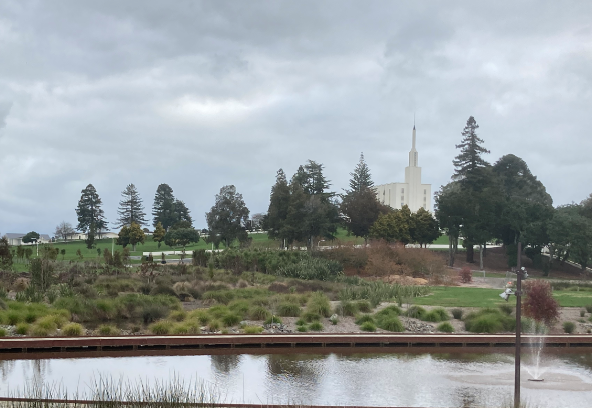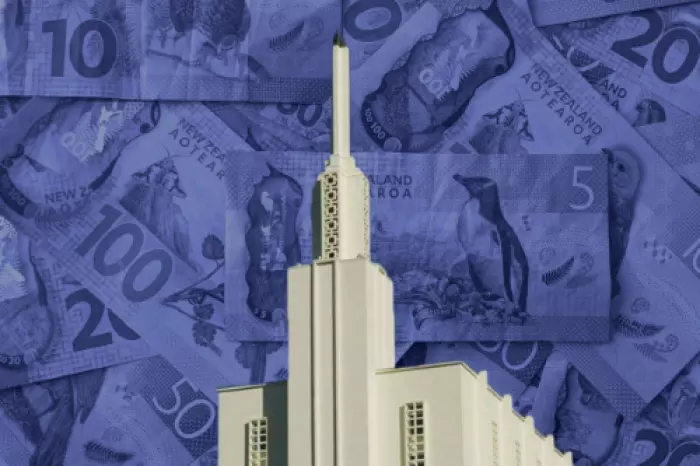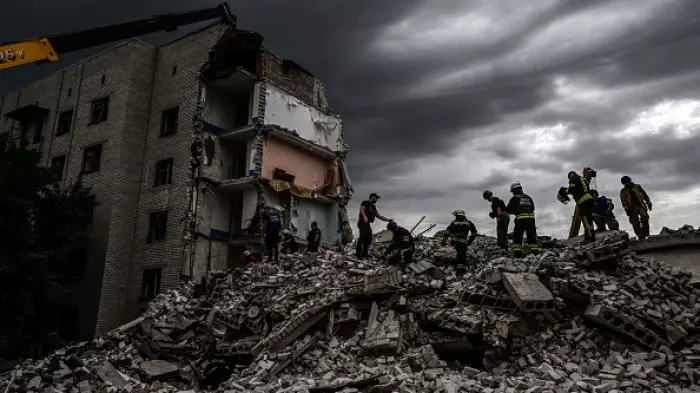It might be easy to cast off the Mormon church as a fringe religion in New Zealand, but in terms of finances it rather punches above its weight.
Boasting $424 million in assets, it is NZ’s third wealthiest centralised religious group and 20th richest charity.
Its annual revenue of $113m in 2020 puts it only behind the Seventh Day Adventist church in terms of income. That church generates earnings through its giant health food brand, Sanitarium.
Between 2008 and 2020, the NZ Mormon church has taken in more than $1 billion from members and grants from headquarters in Salt Lake City.
Even the nation’s prime minister, Jacinda Ardern, is a former member, with her uncle Ian in charge of the church in New Zealand, Australia and the Pacific Islands.
As the first in a three-part series investigating the Church of Jesus Christ of Latter-day Saints, BusinessDesk begins by looking at the church’s finances, to examine how its significant wealth is obtained and used.
With additional reporting by Andy Fyers and Greg Hurrell
Huge investment portfolio
The Church of Jesus Christ of Latter-day Saints (LDS) has amassed a huge property investment portfolio in New Zealand, but former senior leaders are questioning its motivations.
We investigate why, as one of them claims, even church members “would be better off to donate to any other charity”.
BusinessDesk has agreed not to name two former bishops who have provided insight into how the church is run, due to their fear of reprisals for friends and family that are still in the church.
The LDS church’s followers are commonly known as Mormons, although that label has been disowned by the group’s leaders. It gets its money in NZ from two main sources.
Primarily, the church takes a tithe from its members. This constitutes 10% of followers’ pre-tax income. Last year, the church took in $45m from members and $392m over the past decade.

It also receives grants from the central church in Salt Lake City, Utah – the group’s spiritual home, where more than half of residents are Mormons and the church’s Brigham Young University attracts devoted students from around the globe.
Ultimately, the church’s centralised funds are produced through tithing its reported 16.6 million members and its enormous global property and investment portfolio.
Earlier this year, an investigation by US-based religious accountability researchers Truth & Transparency revealed that the LDS church likely has the most valuable private real-estate portfolio in America, owning 1,754,633 acres (710,075 hectares) over 15,963 parcels of land across the country, with a minimum market value of US$15.7b (NZ$25.2 billion).
It followed revelations that the church holds an investment fund via its financial arm Ensign Peak Advisors worth US$100b, making it one of the world’s largest, equivalent to SoftBank Vision Fund and twice the value of the Catholic church’s reserves.
New Zealand’s contribution to this wealth is obviously relatively small.
In fact, Aotearoa appears to break the mould from other nations since, in recent years, the central church has been feeding more money into the country, rather than extracting.
Former Mormon bishops and leaders from New Zealand that have spoken to BusinessDesk have been puzzled by this arrangement.
Potential reasons include the need to run the area office in Takapuna, Auckland, which manages operations in Australia and the Pacific – where a number of Mormon missionaries are sent.
Alternatively, it is to fund the two new temples that are planned for Auckland and Wellington.
But what's for sure is that its finances are kept strictly confidential. All tithing goes directly to the head office in Takapuna, with the vast majority of members, including local leaders, left in the dark on how their contributions are spent.
One former bishop, who asked to remain anonymous, and who we shall call SC, told BusinessDesk: “The church likes to promote that 100% of your donation goes to the cause [with] no admin but church employees absolutely get paid, and excess funds go into a $100 billion-dollar fund that keeps growing.
“So, in effect, none of your money might actually reach someone in need. Members believe that there are no or very little administration costs … [and] believe that donating to the church is much more efficient than donating to other charities.
“The church could now afford to not collect tithing, and pay the expenses of all its missionaries and do this forever. Which also means in practice that donations to the church are ineffectual. A member would be better off to donate to any other charity.”
Another former senior leader for more than 20 years, AB, who requested to remain anonymous due to “genuine fear” of the blowback his family would receive for revealing the church’s practices, confirmed: “The church makes an awful lot of money from donations, but does not spend much on charity work outside of church operations.”
The question of how the church contributes to charitable efforts is one where its rhetoric doesn’t match up with its balance sheet.
Globally, the church boasted that it had spent US$40m on humanitarian aid in one year (2015). While that's a big sum, for an organisation boasting more than 15 million members globally, this only worked out to $2.67 per member.
In New Zealand, the church’s records show $6.2m spent on “grants, donations, humanitarian and local unit expenses” in 2020, just 6% of the organisation’s income.
“There is no obvious expense to external parties for charitable work. They don't run hospitals or food banks or homeless shelters, they've closed down the Mormon high school [Church College in Hamilton],” said AB.
'Service projects'
“Most of the charitable work is through members contributing time to 'service projects' but seldom does the church donate anything of note in cash to NZ charities other than itself.”
These ‘service projects’ include cleaning parks or collecting books to send to Pacific island schools. Such activities are hardly consistent but are heavily publicised by the church’s media team.
Members also make “fast offerings'', where they forgo food and drink for two consecutive meals and donate the savings to help those in need.
Former Bishop SC’s religious beliefs started to divert away from the church’s teachings just under a decade ago, although he still attends because he feels so ingrained in his Mormon community.
He said: “As a bishop I would help with groceries, bills or rent payments. But it was often emergency help, not designed to be ongoing. If people's needs were dire, they couldn't really rely on the church for ongoing help.”
But former Bishop AB said members of his poorest congregation were “almost never asking for fast offering support. They were too shy,” adding that anything remaining from the “couple of thousand” a month that was raised from fast offerings would be “scooped up and sent to Takapuna”.
And there was certainly a demand for cash at the North Shore head office.
In 2020, the top five ‘executives’ received salaries of $874,000 between them, averaging $174,800 each. Moreover, the 200-plus employees at the Takapuna office average $59.47 hourly earnings, according to the church’s own submissions to the Charities Register.
 The first Mormon temple in New Zealand was built in 1958 in Hamilton.
The first Mormon temple in New Zealand was built in 1958 in Hamilton.Property plays
The church’s $420m-plus national assets more than doubled in value over the last decade, from $180m in 2010.
In terms of wealth for a purely religious organisation, it is only behind the Roman Catholic diocese, the Salvation Army and Exclusive Brethren-owned Trinity Lands, although this is according to data from Charities Register and may exclude religious groups who have localised charitable funds.
This can be attributed to the process of land acquisition, as well as rising prices, since nearly all (96%) of its assets are held in property.
The church owns 248 properties, with 211 official congregations all over the country, from Kaitaia to Invercargill. But its portfolio also includes residential properties.
The first Mormon temple in New Zealand was built in 1958 in Hamilton, as well as the private secondary school, Church College New Zealand.
It was only the 13th LDS temple ever constructed and led to the Temple View district outside the city becoming a hub for believers in the south Pacific region.
According to national census data, in Temple View in 2018 there were 990 individuals who identify as Latter-day Saints, down from 1,146 in 2006, but still a 10% increase from 2013.
The college was formally closed in 2009, with students and some teachers dispersed into other local schools. The 86ha site is still owned by the church and currently sits ready for further development, with a number of residences already built.
Despite the college’s motto of ‘Build For Eternity’, large sections of the school were bulldozed with a plan to instead build residential units on the site estimated to be worth $122m.
Rā Puriri, whose parents, along with other Māori and Pacific Islanders, had spent years building the school in the 1950s, reportedly for just $1 a week, was outraged and challenged the decision which had come from senior leaders in Utah.
“It was sacred and special not just to my family, but hundreds of families. Our parents collectively sacrificed so much to build it.
"I feel like they are using the temple as an economic development tool, and that insults me," Puriri told Salt Lake City Weekly in 2017.
A letter written by former Pacific Area President, Elder David S Baxter, in 2009 to a couple of Mormons and Church College alumni who opposed the demolition, emphasised the gravity of any dissent.
“These are prophetic decisions and not merely some corporate physical facilities determination,” he wrote, adding: “Your will, or the prophet's will. It is as simple as that."
In 2012, locals were invited to a special ‘fireside meeting’ normally reserved for scriptural discussions, but was led by Property Reserve, Inc officials, the church’s US-based property arm.
At this meeting, they were told that the church’s First Presidency was overseeing the development, essentially meaning that this was God’s project and should not be questioned.
Undeterred, Puriri took his objections to church leadership in New Zealand and Utah.
Later that year, alongside his father, he met with senior church leader Bishop Dean M Davies in Salt Lake City. They were told that the 30 houses, owned by the church, that were formerly used by teachers would be spared from demolition and instead renovated and made available to residents.
But then a few days later, an eviction notice was served to all 30 households, contradicting what they had been told. Tenants were informed that they could stay a few more months if they agreed not to protest the church's development plans. Leaders promised the building of new facilities, such as a stake centre.
Leaked documents show the Church placed covenants or restrictions on the houses it owned on Tuhikaramea Road. Buyers would not be allowed to rent the property out, work from home, file any complaints against the church, oppose any further developments or have non-immediate family stay without express permission from the church.
Such restrictions are believed by some to be a tactic for handpicking the right kind of Mormon residents for the homes.
“The reality is that few people could raise a mortgage because of the covenants, so that means only cash buyers will be able to purchase. Breaking the covenants on the land will earn you a $50,000 fine – unless you can get a waiver – for instance, if you were a General Authority [senior leader]” wrote Colvin in 2017.
Legal documents indicate Puriri has taken the issue of the covenants to the Human Rights Review Tribunal, on the basis that it constitutes unlawful discrimination on the basis of religious or ethical belief. The church is defending the case. The original October 2021 hearing was delayed due to the pandemic and is due to be rescheduled for later this year.
BusinessDesk put a series of questions to the church’s Pacific office and requested an interview with a church leader.
In response, a spokesperson said: “Members of The Church of Jesus Christ of Latter-day Saints in New Zealand and around the world are disciples of Jesus Christ and strive to follow His example, live according to His commandments, and incorporate Christ-like attributes in their daily lives.
“As part of that effort, Latter-day Saints follow the biblical practice of paying tithes and offerings. These funds are used to build and maintain houses of worship, to alleviate poverty, to help individuals become more self-reliant, to support a worldwide missionary program, to maintain schools in some Pacific countries, and support many other community and humanitarian efforts.
"The Church follows the law of the land in New Zealand and in all countries in which there are congregations.”
This is the first part of Riches of Heaven, a three-part series in BusinessDesk’s charities project, made with the support on NZ On Air.
Thursday: The future of the Mormon church















